Disclosure: We may get commissions for purchases made through links in this post.
Roads, driveways, sidewalks, etc. that are constructed and maintained using asphalt are not only attractive but environmentally friendly at the same time. Asphalt, however, can be very susceptible to frost heaving damage, making roads uneven and hazardous if left unfixed. Sorting through available online resources, we have consolidated for you useful information about frost heaves.
Frost heave is an inevitable and perennial asphalt problem in places with harsh winters. Fixing it can be laborious and expensive, but it is surely doable either by infrared resurfacing or sawing and replacing damaged areas. There are ways to mitigate, if not entirely to prevent, the effects of heaving, such as by:
- Reducing Moisture Content in Soil
- Increasing Structural Layers Thickness
- Replacing Suceptible Soil with More Permeable Soil
Common problems need no complex solutions at all. Let our team assist you further with a wealth of information to dispel your frost heave worries. We've likewise included tips on how this problem can be fixed and prevented. Let's get started!
![Crack textured asphalt road background due to frost heaves, Can You Fix Asphalt Frost Heave? [Plus 3 Prevention Tips]](https://pavingplatform.com/wp-content/uploads/2022/03/Can-You-Fix-Asphalt-Frost-Heave-Plus-3-Prevention-Tips.png)
What is Asphalt Frost Heaving?
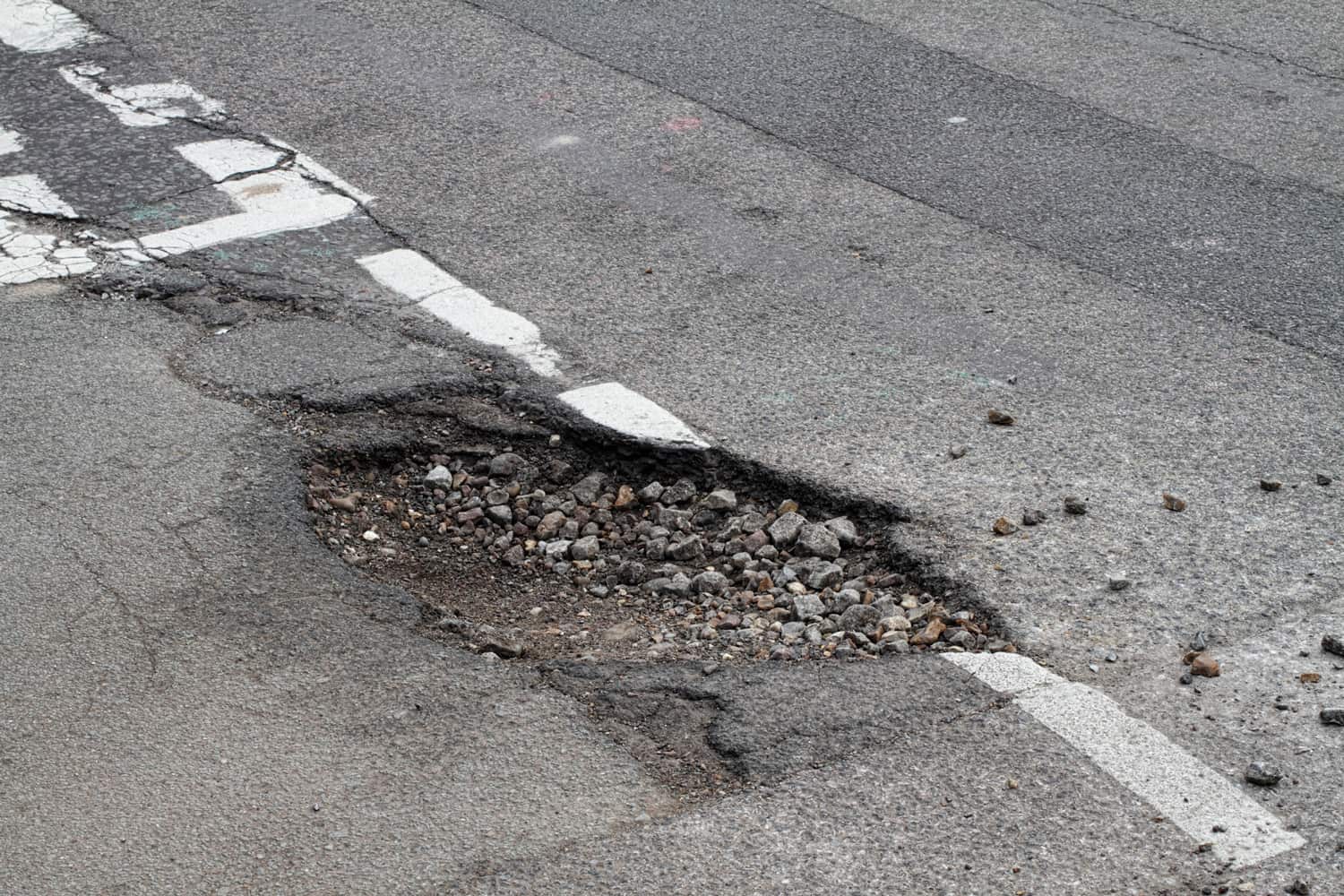
Asphalt is used in many areas in a community, primarily for paving roads, because it offers several benefits such as cost efficiency, ease of application, reduction in noise pollution, and comfort for motorists. Despite being durable, this material may suffer from frost heaving. Asphalt frost heaving refers to the upward swelling or movement of driveways and highways as much as three to four inches.
It is a typical unsightly road problem in colder climates, causing terrible freezing temperatures to penetrate the ground through joints or cracks. It is one of the two most damaging results of frost action, with the other being thaw weakening.
What Causes Asphalt Frost Heave?
There are three major elements that cause asphalt frost heave: temperature, moisture, and soil. Under extreme cold weather, moisture in the ground accumulates and converts into ice lenses.
When ice lenses continuously build up in the soil under the asphalt, they cause deformation on the ground surface. These expanding ice lenses with layers of frozen soil in between create an upward thrusting.
The force can dislocate house posts and leave pavement cracks most especially if there are no joints. Ice expansion will continue to occur depending upon the quantity of moisture within the soil. In fact, when water becomes ice, it increases its size by 9-10%.
The type of soil underneath the asphalt can be a source of the problem. Studies show that silt or clay soils installed as bases are quite susceptible to frost heaving because they are extremely fine and loose. That said, these types of soil can absorb more moisture.
The heaving process does not end with an upward soil movement. It involves thawing as well wherein solidified water begins to melt due to temperature fluctuations. Melting starts from the ground surface then downwards causing the asphalt to slide back down.
When the asphalt lowers back, alligator cracks are likely to appear. This can already be a sign of water saturation or flooding beneath the asphalt, which if left unattended, can weaken the integrity of the driveway and other similar structures.
Does Drainage Cause Asphalt Driveway Heave?
The ultimate purpose of a drainage system is to direct water away from any structure. However, if it's poorly or inadequately constructed, it will render your driveway or pavement prone to heaving by allowing water or moisture to be trapped under your asphalt.
How do You Fix Frost Heaves?
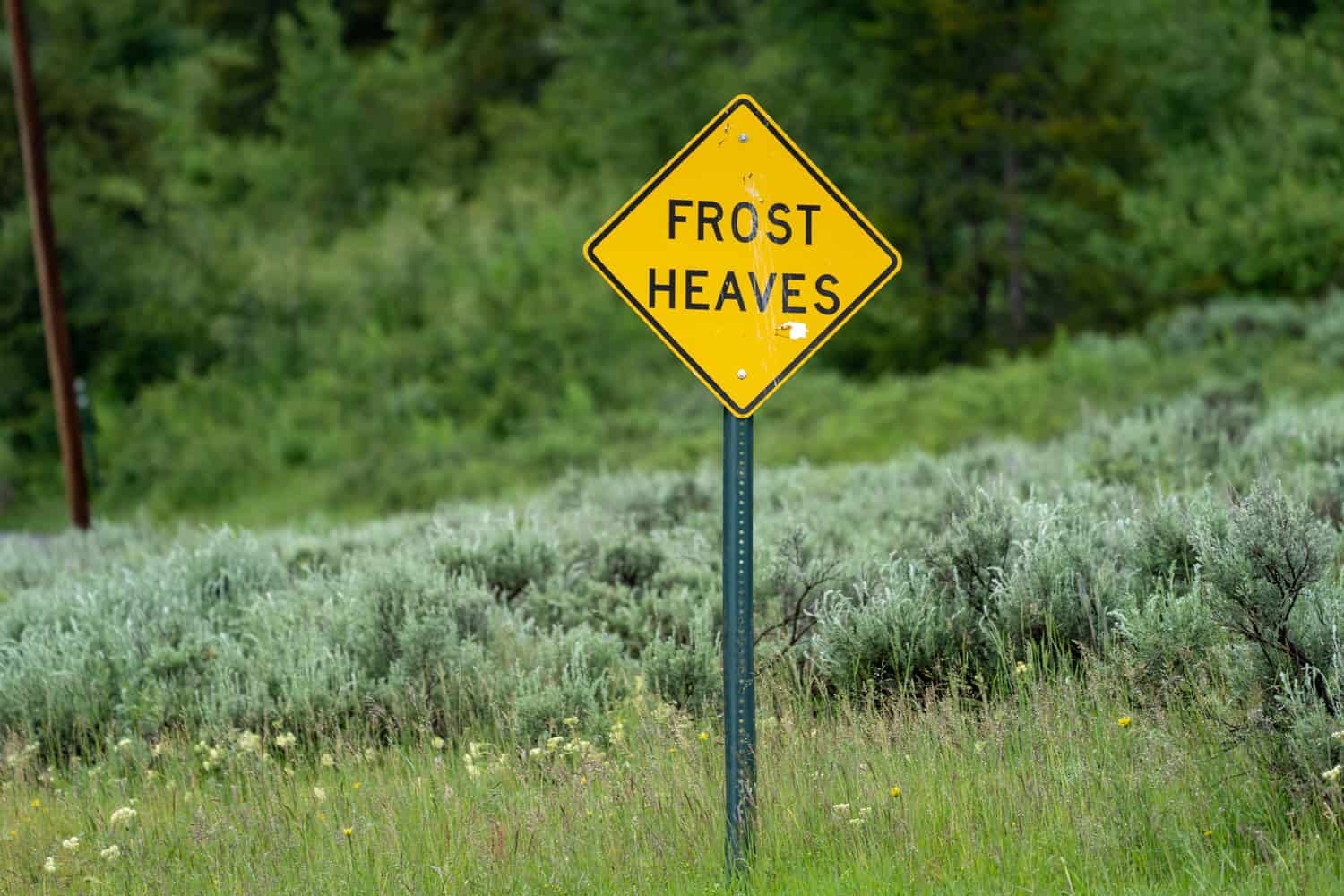
The truth is, the initial installation of asphalt in driveways or in any other area should be properly planned out and executed. By doing so, you can effectively lessen the number of repairs and damage caused by heaving.
However, if the damage is severe, you must consider remedies offered by professional asphalt management services. The two most popular ways to fix frost heave damages on asphalt are either by infrared or a sawing repairs.
Infrared Repair
This handy process of fixing asphalt potholes and heaving involves heating the existing asphalt material over 300 degrees. When the original asphalt is already soft, new asphalt is mixed directly into it then compacted.
This type of repair is also ideal for resurfacing asphalt pavement or roads heavily damaged by poor drainage. Additionally, the seamless result can help prevent moisture damage by patching joints where water can seep into.
This paving solution priced at $2 to $6 per square foot is so reliable that the fixed asphalt becomes ready for traffic in less than 30 minutes! The downside, however, is that it is not recommended for large-scale frost heave damage.
Sawing Repair
When there's an evident need for a full-depth asphalt replacement, sawing to repair is surely dependable. It is done by sawing and removing the damaged area and replacing the poor sub-grade. Afterward, new hot-mix asphalt will be poured into the void space, then a vibratory roller will compact the asphalt, increasing its density and load-bearing capacity.
When compaction is completely done, the sawed joint is sealed using a hot-rubberized crack sealant to prevent water from reaching the ground.
Choosing this type of asphalt repair can cost you between $4 to $12 per square foot.
3 Frost Heave Prevention Tips
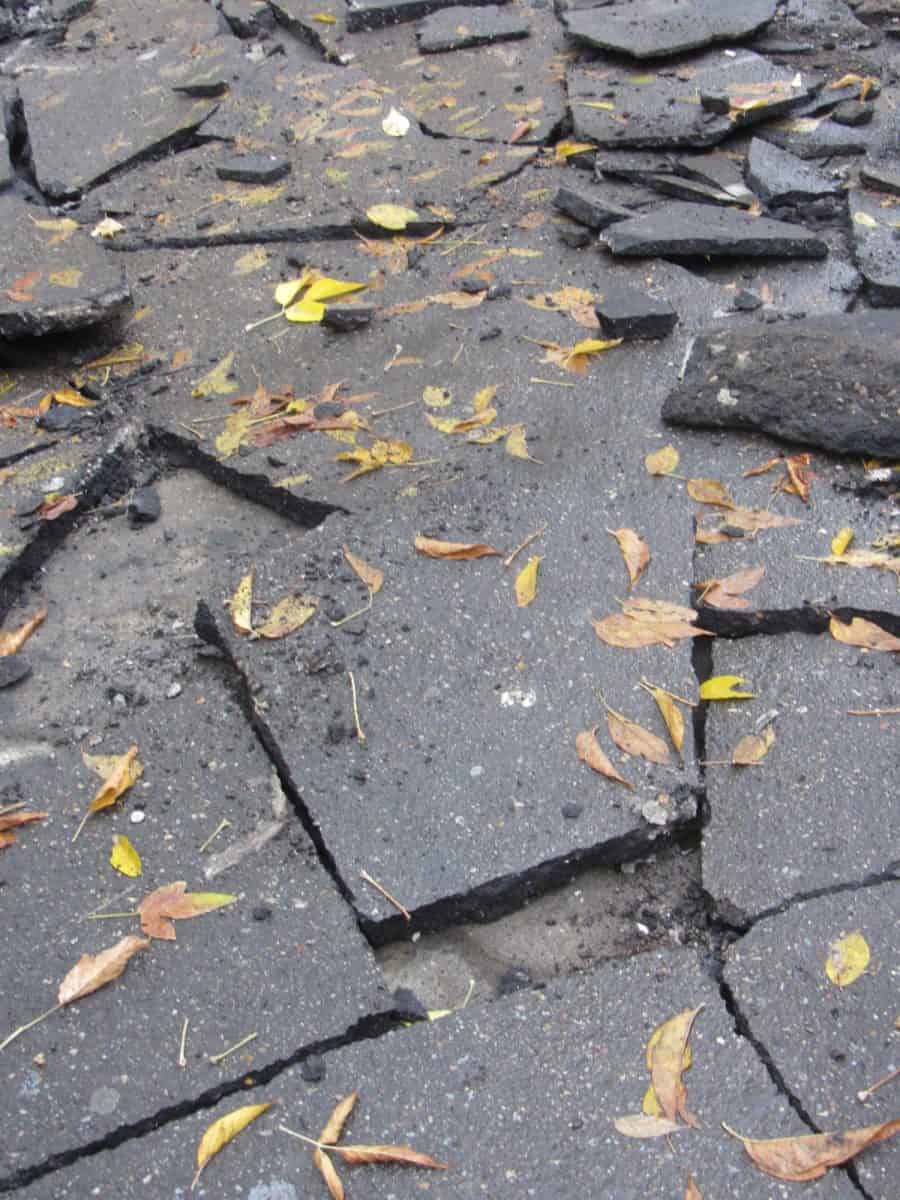
To prevent the unsightly and hazardous impact of frost heaves, researchers strongly recommend the following three general practices:
1. Reducing moisture content in soil
Eliminating water or moisture content in the soil under the asphalt or pavement is practically impossible, but adequate drainage can help. Good drainage reduces the quantity of water that feeds the ice lenses.
The combinations of tile drain and sand blankets can help facilitate water movement. Other ways of preventing soil moisture buildup include adjusting the slope and caulking or sealing of the area.
Adjusting pavement slope
Adjusting the slope on your driveways, parking lots, or pavements should be considered to direct water runoff away from these areas. Aside from elevating a certain part of the identified areas, snow should be removed immediately on asphalt surfaces before it completely melts and makes its way to the subbase.
Caulking and sealing cracks
Early on in the spring or summer, caulking and sealing of the abovementioned areas should be prioritized to prevent too much moisture from penetrating voids and gaps during the winter. Note that caulk and sealant, although both water-resistant, are different in terms of their elasticity. For places with frequent weather fluctuation, sealants can perform better.
Check out this Asphalt Crack Filler and Sealant on Amazon.
2. Increasing structural layers thickness
The recurring frost heave and consequential thawing weaken the structural integrity of asphalt; therefore, the thickness and durability of materials with which asphalt is used must be upgraded.
According to studies, an increase in the structural layer of asphalt is directly proportional to an increase in its traffic-bearing capacity and ability to withstand deformation caused by heaving.
3. Replacing susceptible soil with more permeable soil
By general consent, a clean mixture of gravel and free-draining sand is the most non-frost susceptible type of soil because they do not permit water flow by capillary action. Other soils that do not promote frost heaving are clayey gravel and rock flour or crushed rocks.
Conclusion
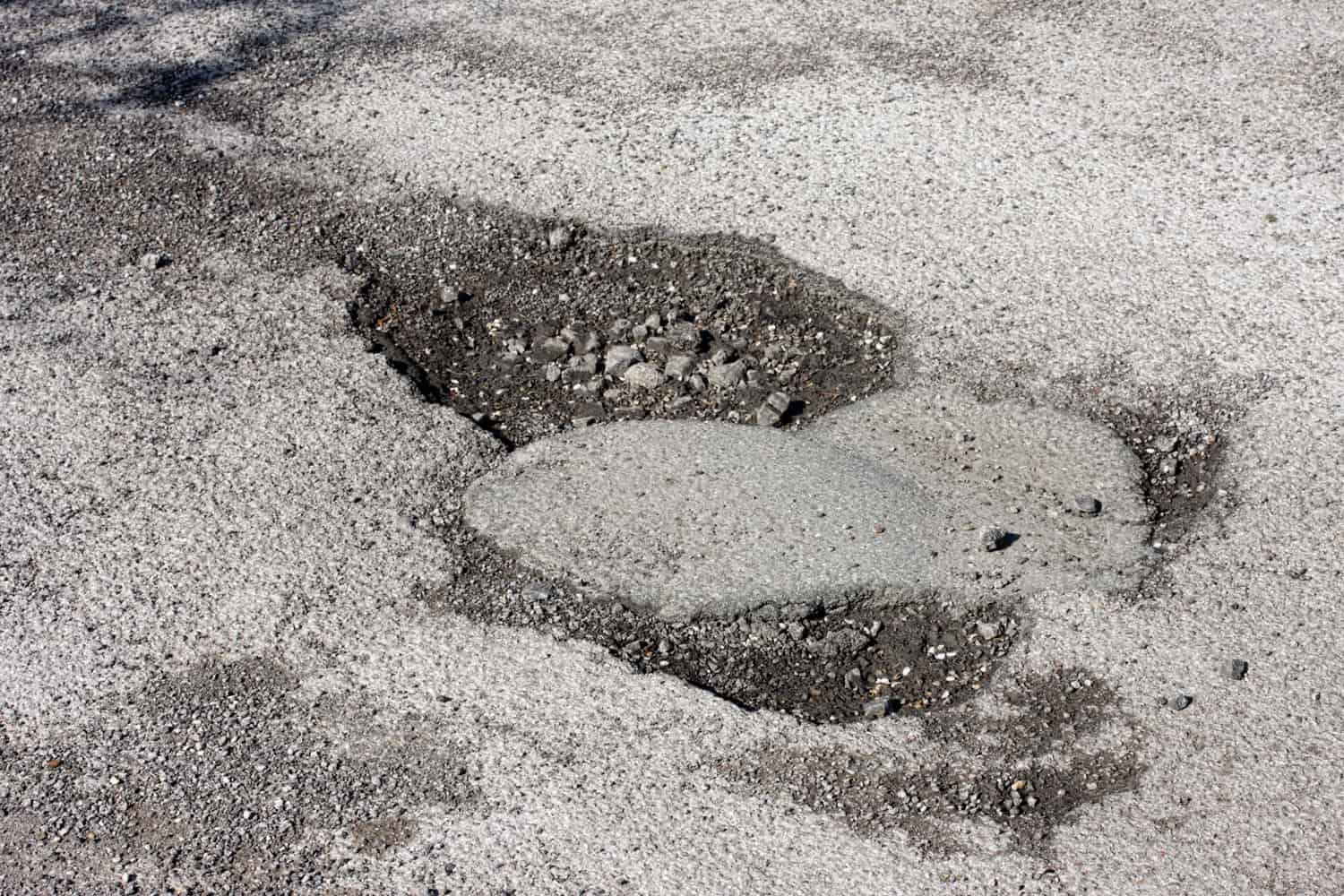
Moisture turning into ice lenses in soil due to cold temperatures is the ultimate culprit behind frost heaving. That said, solving this asphalt problem must gear towards stopping water infiltration and capillary action. This common winter problem on asphalts is fixable with the right knowledge about water drainage, frost heave susceptibility of soil, and pavement construction and repair methods.
Did you find this article handy and practical? Check out our other useful articles below:


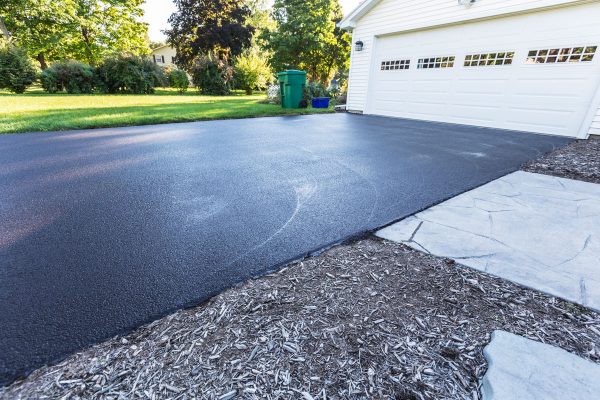
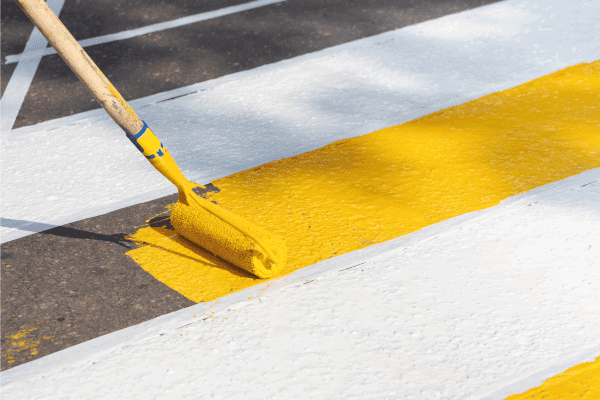
![Two manual workers helping to level the asphalt surface for a steamroller to press, Types Of Asphalt [And How To Choose For Your Driveway Or Walkway]](https://pavingplatform.com/wp-content/uploads/2022/03/Two-manual-workers-helping-to-level-the-asphalt-surface-for-a-steamroller-to-press-600x400.jpg)